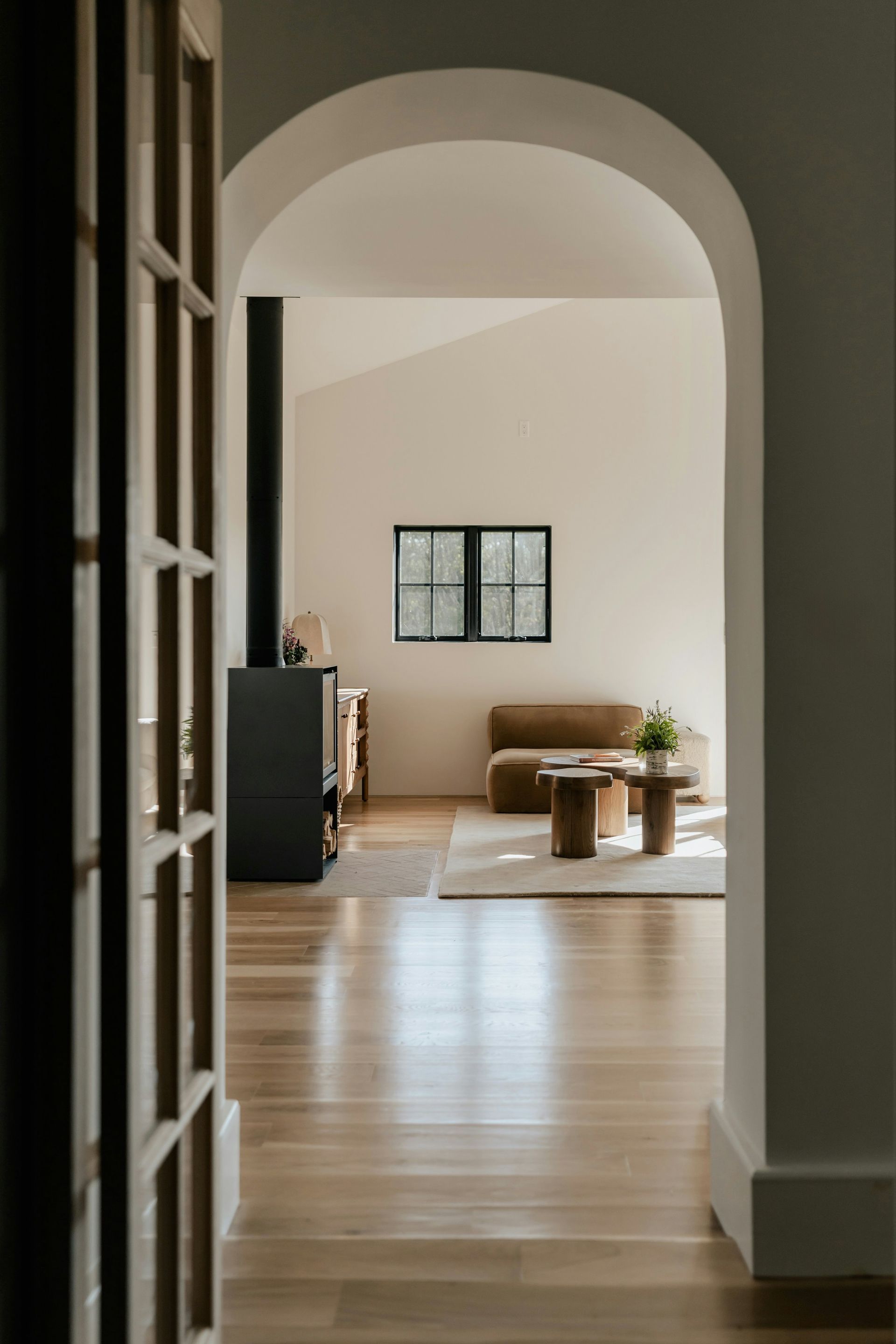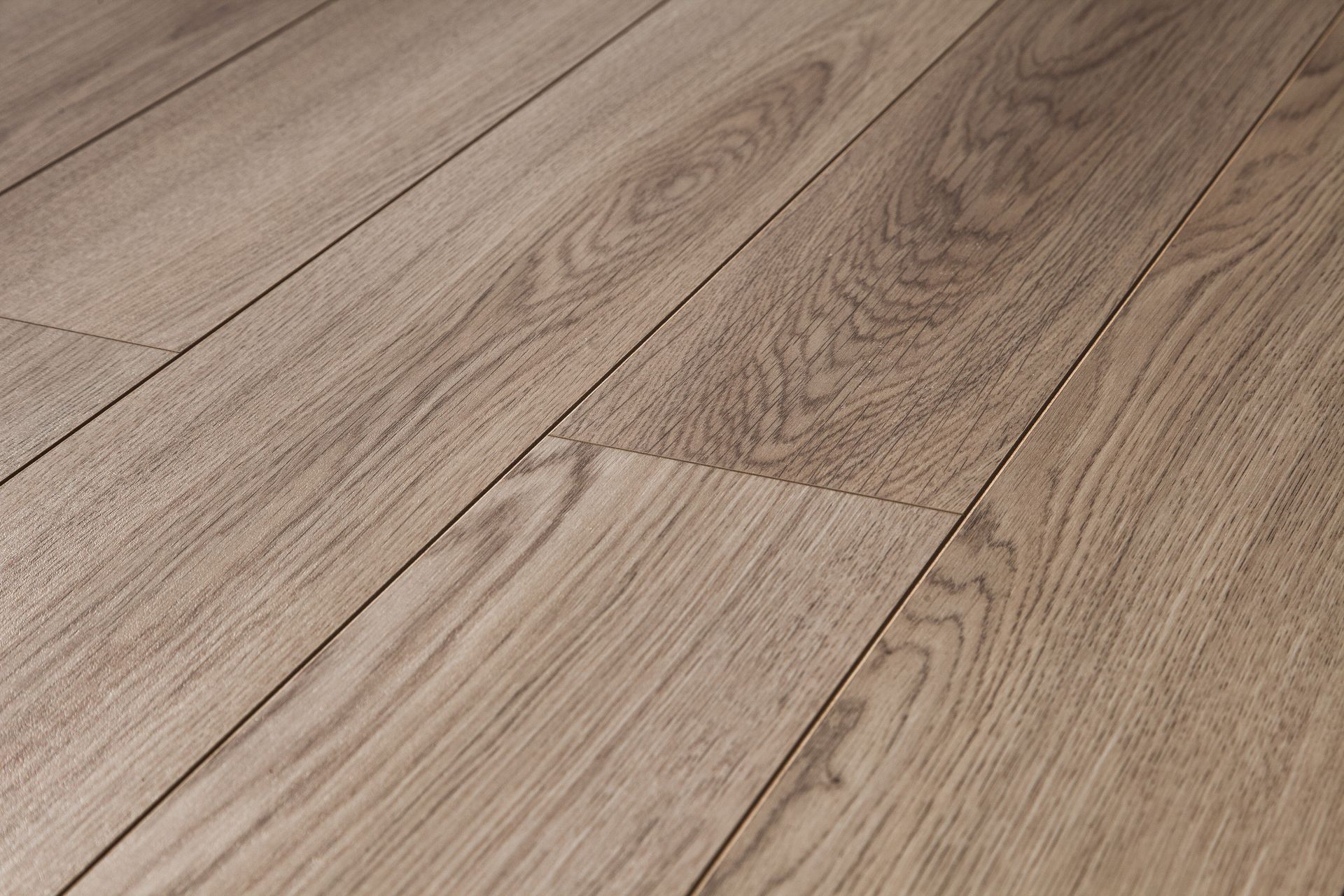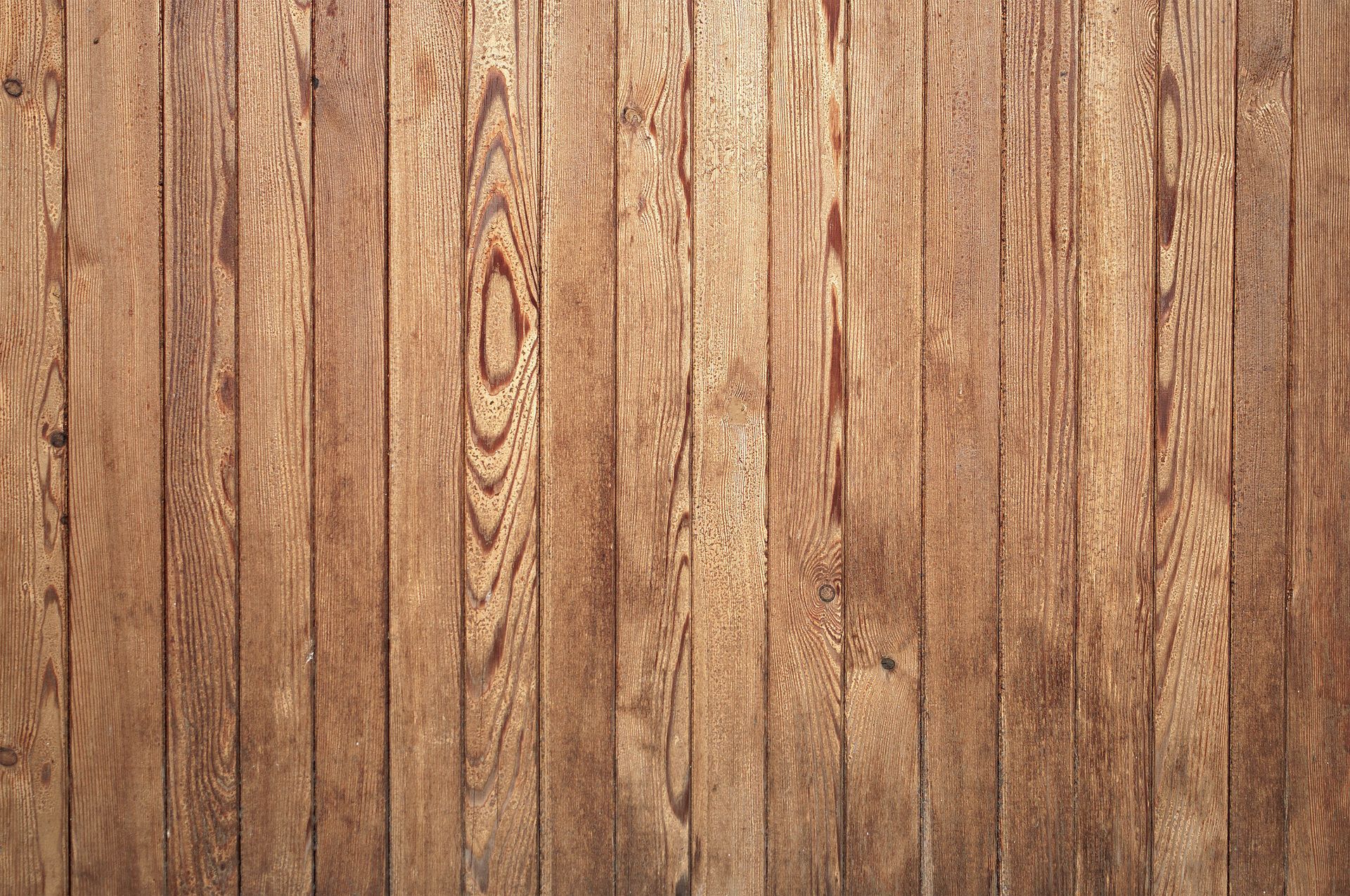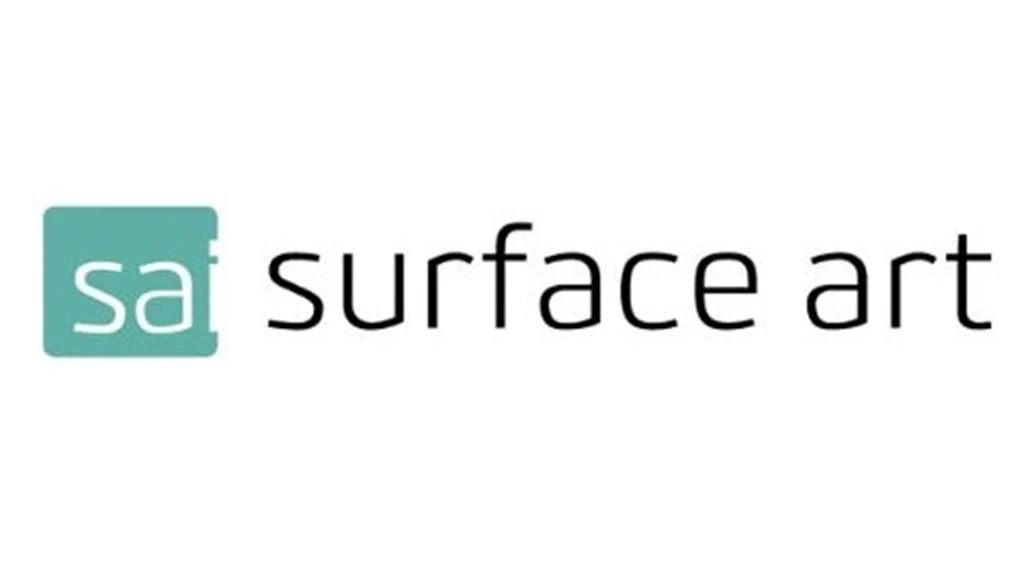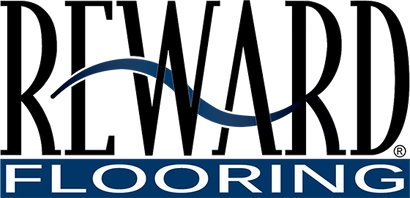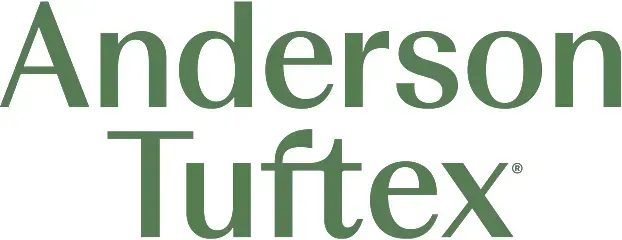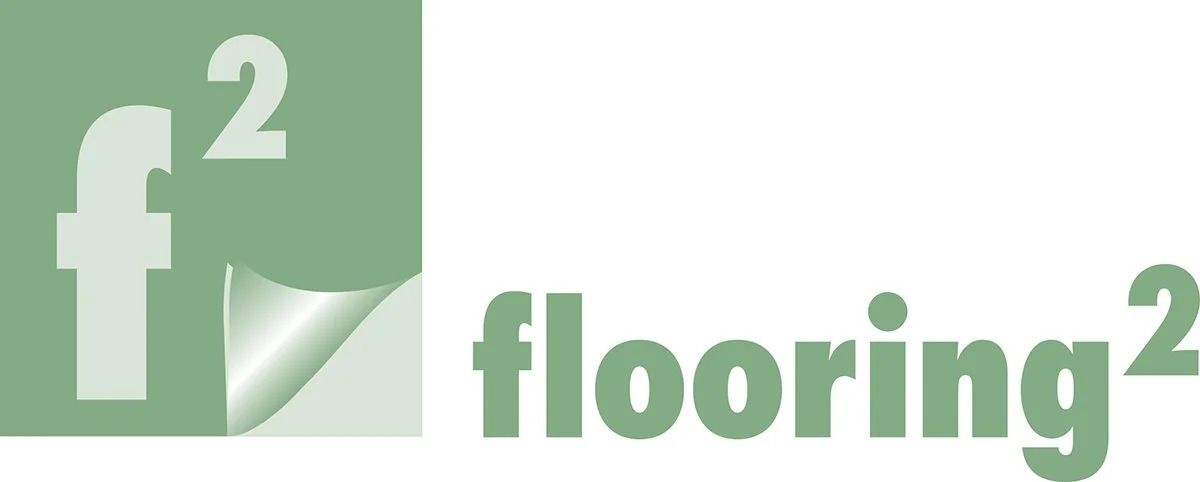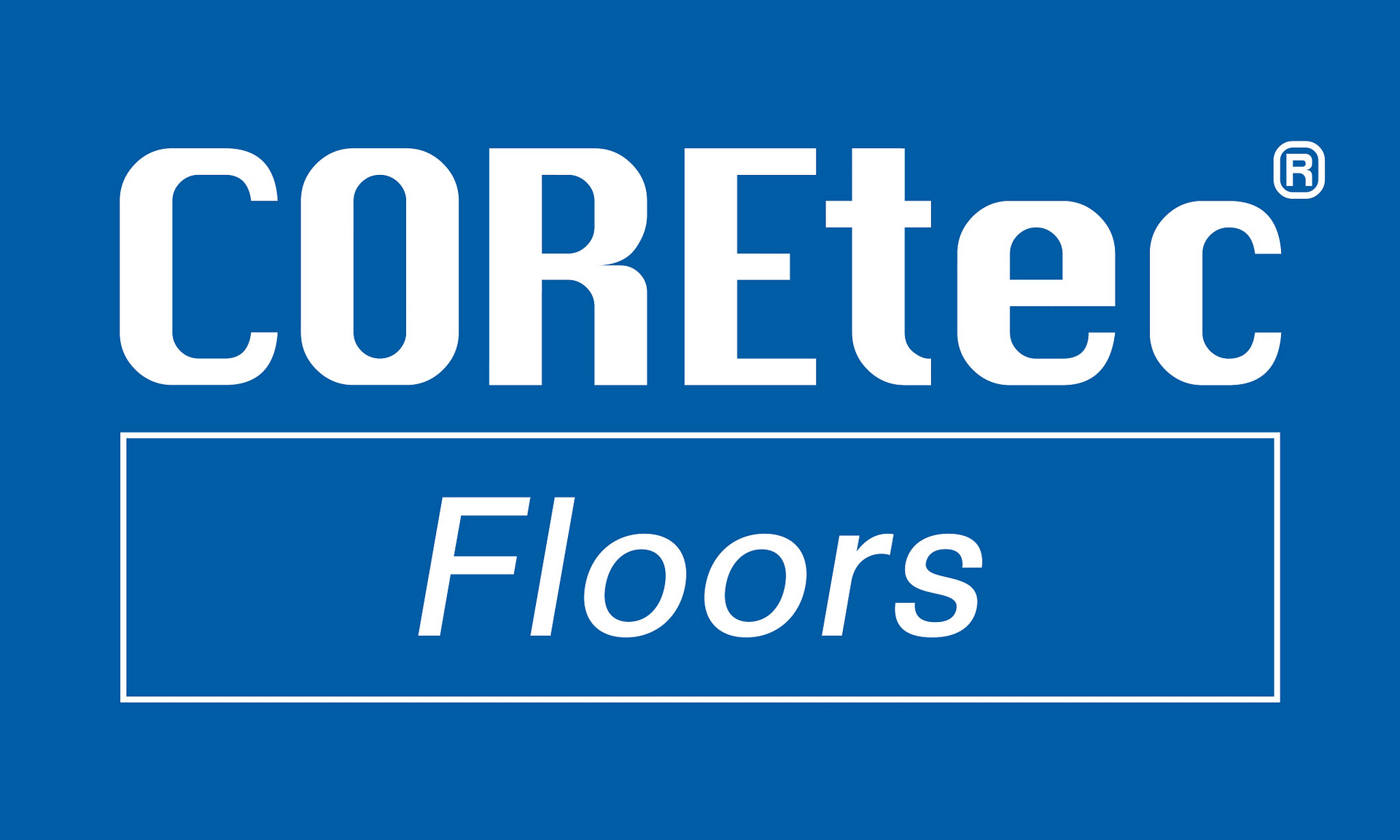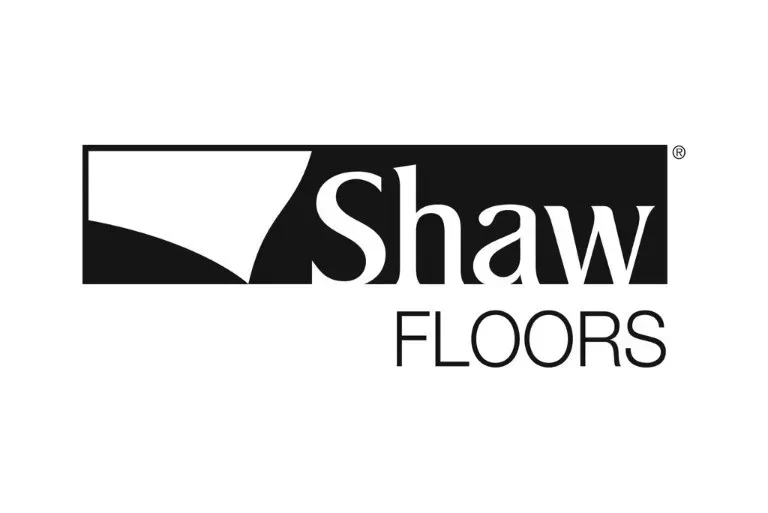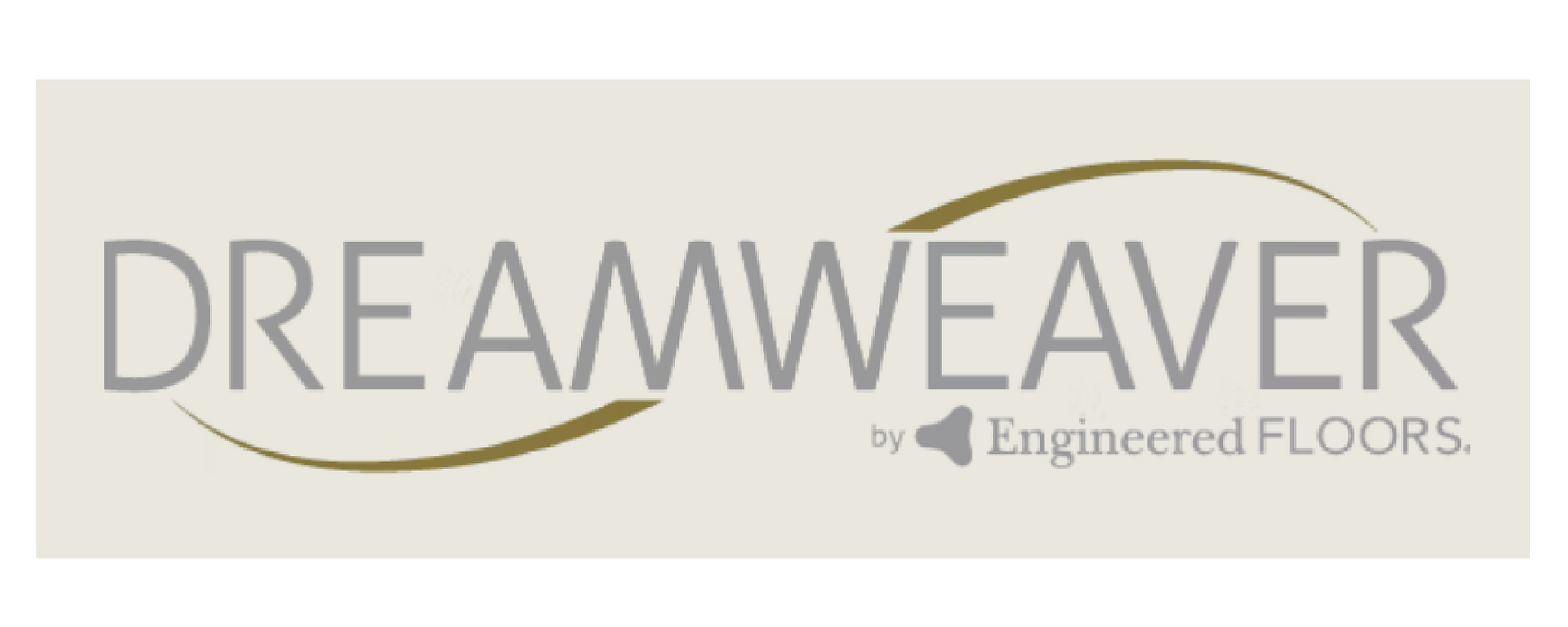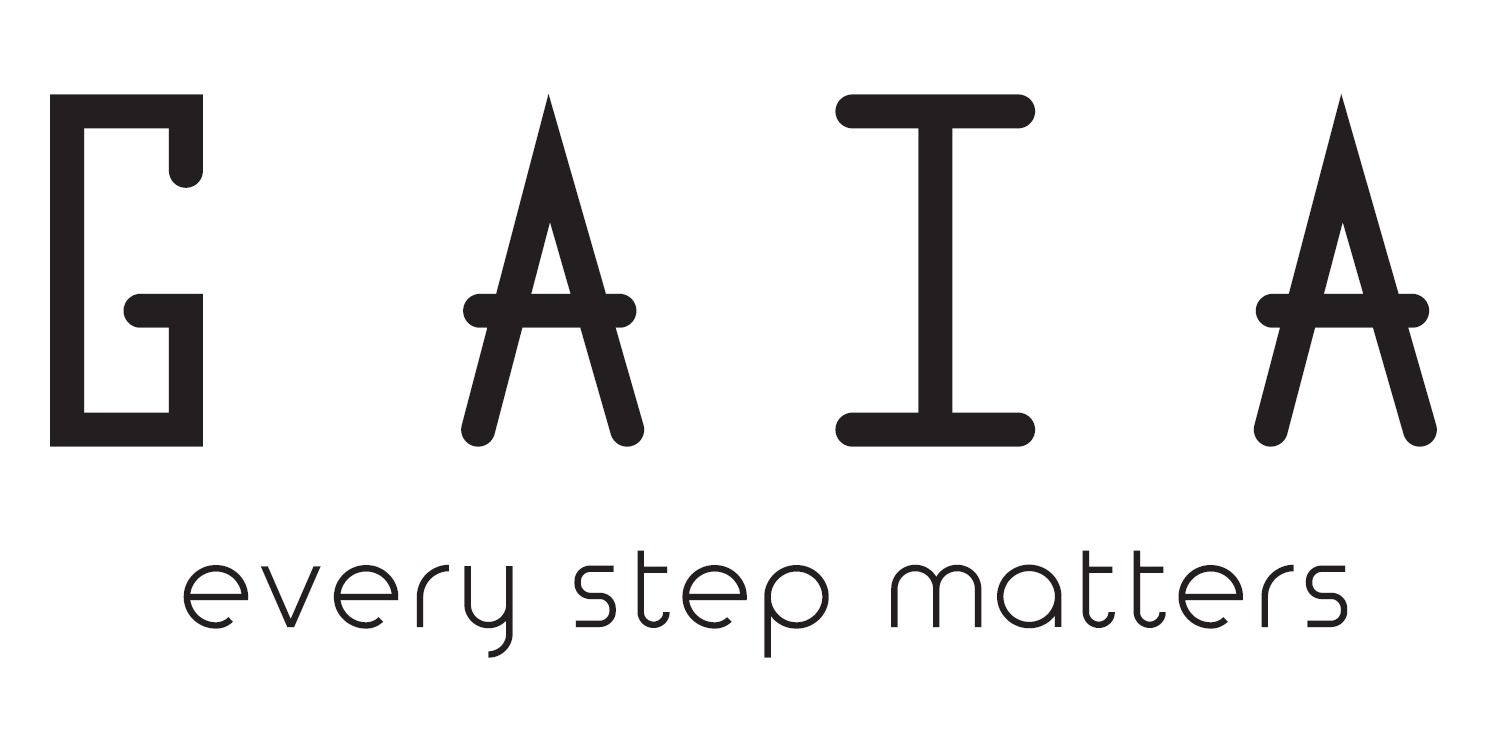August 28, 2025
Floating vs Glue-Down vs Nail-Down: Which Installation Method is Best for Each Floor Type?
Installing new flooring often raises a key question— which method is best: floating, glue-down, or nail-down? Each has its benefits, suited to different flooring types, subfloor conditions, and performance needs. Whether you're consulting with Flooring Contractors, browsing at a Flooring Store, or planning a project in Tacoma, Renton, Kent, or Kirkland, choosing the right method ensures beauty, durability, and value.
Why Installation Method Matters in the Pacific Northwest
In Seattle, Bellevue, Tacoma, and other parts of the Pacific Northwest, our damp winters and seasonal humidity shifts influence flooring performance more than in many other regions. Choosing the correct installation method prevents issues like:
- Buckling, cupping, and gapping (common when moisture isn't controlled)
- Glue failure on cold, moist concrete slabs
- Nail penetration through thin flooring or subfloors
This makes it critical to match method, material, and moisture controls—and to work with Flooring Contractors in Seattle who know PNW conditions.
Installation Methods: Overview & Pros/Cons
Floating (Click-Lock & Floating Glue-Assist)
What it is: Planks lock together over a subfloor—but are not glued or nailed down to it.
Pros:
- Quick installation—efficient and cost-effective
- Easier to repair—individual boards can be lifted
- Works on many subfloors (including concrete) with proper underlayment
Cons:
- Slight “give” underfoot; may feel less solid
- May have hollow/dull sound if underlayment isn’t correct
- Expansion gaps mandatory around edges
Best For:
- Engineered hardwood and LVP/SPC flooring (especially high-utility homes in Renton or Kent)
- Remodels where acoustic underlayment matters (e.g., condos in Bellevue)
Glue-Down
What it is: Flooring is adhered directly to the subfloor using adhesive.
Pros:
- Stable, solid feel underfoot
- Great for small-tile LVT, parquet, and some engineered hardwood
- Reduces height transitions (helpful in multi-surface spaces)
Cons:
- Moisture-sensitive—requires vapor barrier on concrete slabs
- Time-intensive—adhesive curing adds labor and timeline
- Harder to replace boards
Best For:
- Luxury vinyl tile (LVT) in kitchens or vestibules
- Thin engineered wood or parquet (common in modern and historic home styles in Seattle or Tacoma)
- High-traffic areas where glass-solid adhesion offers longevity
Nail-Down / Staple-Down
What it is: Floorboards are mechanically fastened with nails or staples into wood subfloors.
Pros:
- Firm, traditional hardwood look/feel
- Long-lasting when properly installed
- Can be refinished multiple times
Cons:
- Subfloor must be wood or plywood—no concrete unless using sleepers
- Requires skilled installers
- Not suitable for thin or engineered products
Best For:
- Solid hardwood flooring
- Multi-layer engineered hardwood designed for nailing
- Homes with tall ceilings and traditional design (e.g., craftsman in Kirkland or Shoreline)
Step-by-Step Considerations for Each Method
1. Floating Floors
- Subfloor prep: Clean, flat, dry, and structurally sound
- Moisture underlayment: Managed with vapor or acoustic pads
- Expansion gaps: Must leave minimum ¼" to ½" along walls
- Edge trim: Use transition strips in doorways
2. Glue-Down Floors
- Moisture testing: Use calcium chloride or relative humidity tests
- Adhesive selection: Low-VOC adhesives are essential—especially in tight Seattle homes
- Trowel technique: Follow trowel recommendations for proper coverage
- Curing time: Avoid foot traffic during curing
3. Nail-Down Floors
- Subfloor requirements: Secure, flat wood or plywood subfloors
- Fastener spacing: Follow manufacturer standards (e.g., 6–10 inches apart)
- Climatic acclimation: PNW humidity shifts may require extended acclimation
- Finishing: Sand and finish after install for optimal longevity
Local Climate & Subfloor Notes (Seattle–Tacoma Area)
- Moisture checks are essential: Seattle makes moisture vapor intrusion a real risk. Professional f looring contractors always test concrete before proceeding.
- Acclimation window: Extended acclimation (up to 7–14 days) is commonly needed for hardwood in high-moisture months.
- Underlayment matter: Many Bellevue and Kent homeowners now insist on acoustic underlayment for floating floors in multi-family homes—practical, quiet, and comfortable.
Which Method Should You Choose?
- Best overall versatility: Floating installation—great for LVP and engineered click-lock hardwood; fast, economical, and forgiving.
- Best for feeling like “permanent” flooring: Glue-down—perfect for LVT and thin engineered floors in moisture-conscious areas.
- Best for traditional, long-lasting hardwood: Nail-down—ideal for solid wood or sturdily constructed engineered hardwood in classic PNW homes.
Before You Finalize: Tips From Local Flooring Pros
- Request a subfloor and moisture evaluation —especially important in Seattle’s damp environment.
- Ask about low-VOC adhesives —this is important for families and indoor air quality, particularly in homes with children or pets.
- Confirm installer experience: Always verify if your f looring contractor is experienced in all three methods—they may only have one go-to approach otherwise.
- Check warranty conditions: Some warranties specify method—e.g., nailing not allowed for certain engineered woods.
- Seal transitions : For floating floors, make sure expansion gaps are covered with appropriate molding to prevent tripping or dirt accumulation.
Final Thoughts
Choosing between floating, glue-down, and nail-down installation methods isn't just a technical decision—it’s one that affects comfort, durability, aesthetic, and maintenance. From modern condos in Seattle to craftsman homes in Kirkland or multi-use spaces in Tacoma, the right installation method ensures your floor performs beautifully for years.
Looking for expert guidance in pulling it all together? David’s Flooring of Seattle is your trusted local partner. Whether you're exploring options at our Flooring Store in Kent or our flooring store in Bellevue we're here to help you pick the perfect method and the perfect material for your home.
�55357;�56393; Contact us today for a free in-home estimate. We proudly serve Seattle, Tacoma, Bellevue, Kent, Renton, Kirkland, Redmond, Issaquah, Sammamish, Bothell, Shoreline, Lynnwood, Federal Way, Auburn, and the greater King and Pierce County areas with expertly installed flooring built for the Pacific Northwest.
